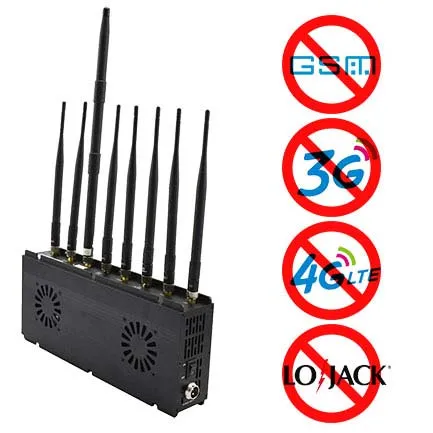With the proliferation of GPS jammers, the military wants its missiles to ignore false signals.
The military is looking for "new technologies that use existing antenna configurations or minor modifications to the vehicle's RF interface to determine the direction of arrival of malicious interference sources (traceable spoofing signals) on missile platforms (and possibly extended to other platforms)," according to the Small Business Innovation Research call.

The military said the solution must have "universally viable or available hardware and assets on the missile platform to perform conventional airborne jamming signal mitigation." "Available hardware could include onboard CSAC (chip-scale atomic clock), FRPA antennas, and potentially multicomponent CRPA antenna + modules (with covariance estimates available)." The software approach is encouraged, but smaller hardware upgrades can be considered."
The military points to newly developed algorithms that allow missiles to detect jammers and determine their location, such as Multiple Signal classification (MUSIC). These algorithms focus on the unique characteristics of signal jammers. "For example, traceable interference called spoofing might generate an entire GPS-like constellation and transmit from a common point; As a result, these signals produce an exogenous constellations range of delay (i.e. in a curved pipe compared to the line of sight) Other defining features of RF malicious interference may include increased energy (i.e. jammers), color drift/offset clocks,